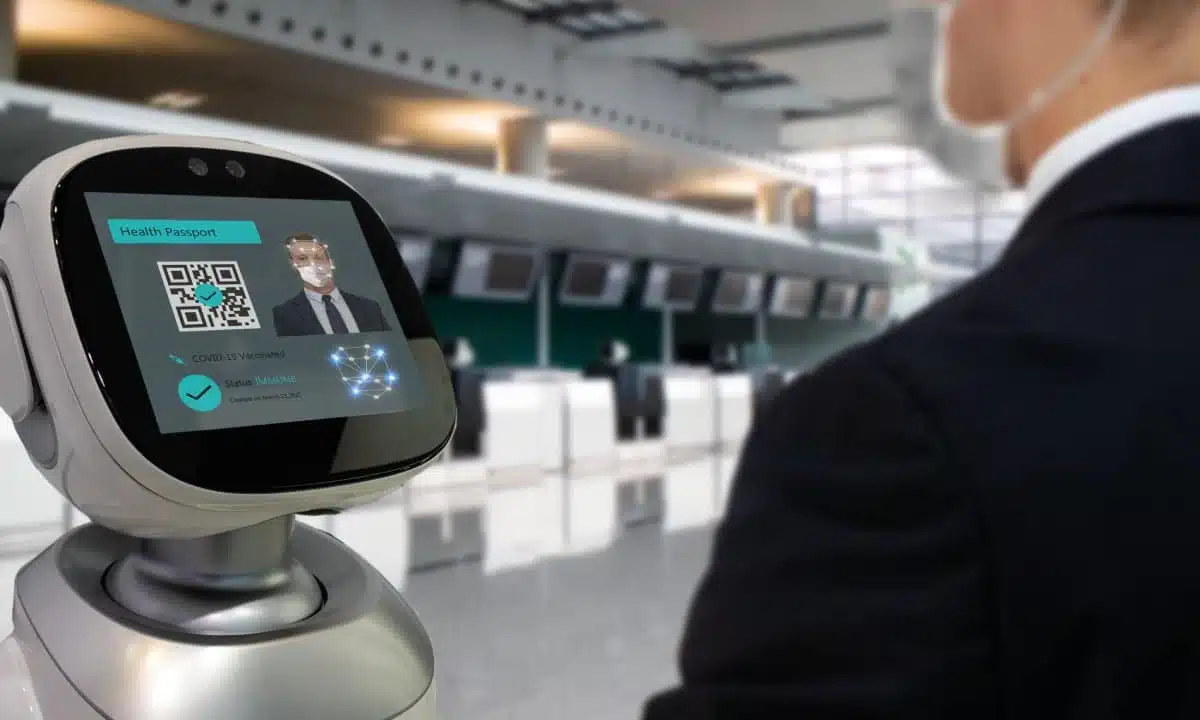The next time you travel through Birmingham-Shuttlesworth International Airport (BHM) in Alabama, be prepared for a security screening unlike any you’ve seen before. The Transportation Security Administration (TSA) has just begun to use biometric facial recognition technology at BHM.
Facial Recognition
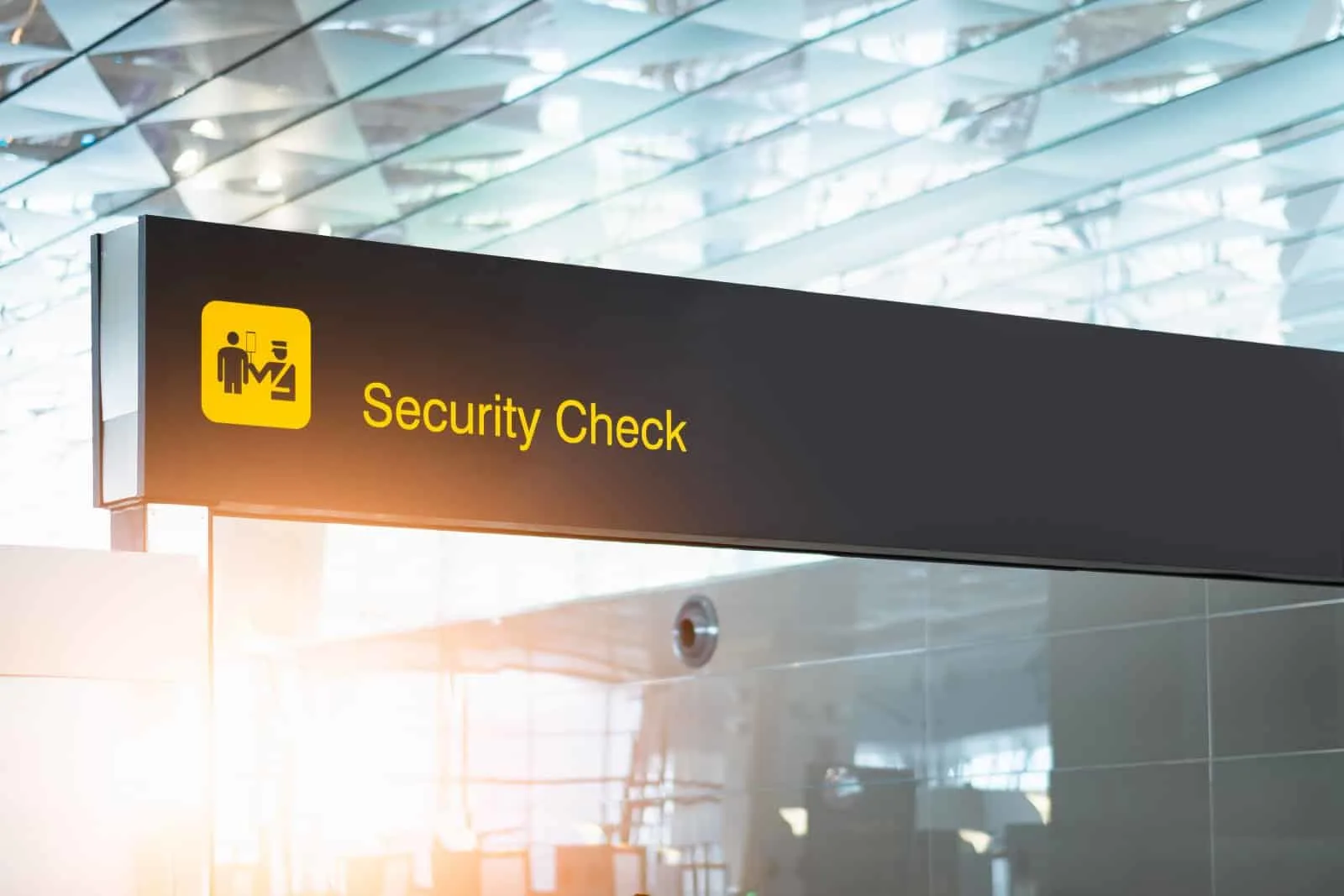
Image Credit: Shutterstock / Thaspol Sangsee
Alabama is not alone, either. They are joining over 200 airports nationwide in this security upgrade. We’ll discuss the rise of facial recognition in airports, its potential benefits and drawbacks, and the ongoing debate surrounding passenger privacy.
Reducing Long Security Lines
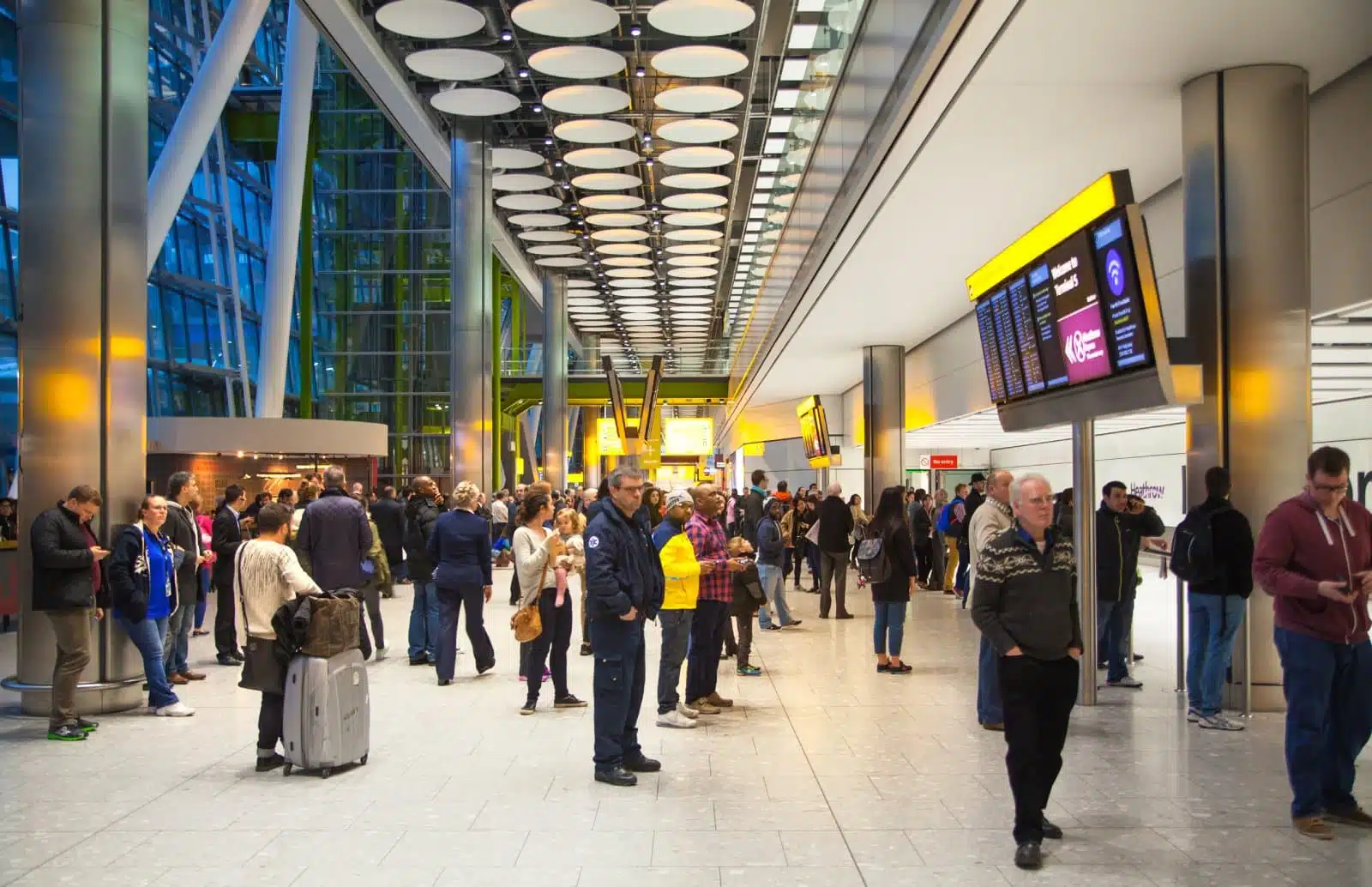
Image Credit: Shutterstock / IR Stone
One of the most frustrating aspects of air travel can be the long security lines. The TSA is testing facial recognition technology to automate ID checks and potentially reduce wait times. This initiative, called TSA PreCheck Touchless Identity Solution, is an effort to address the growing demand for air travel in the US.
Joining Forces
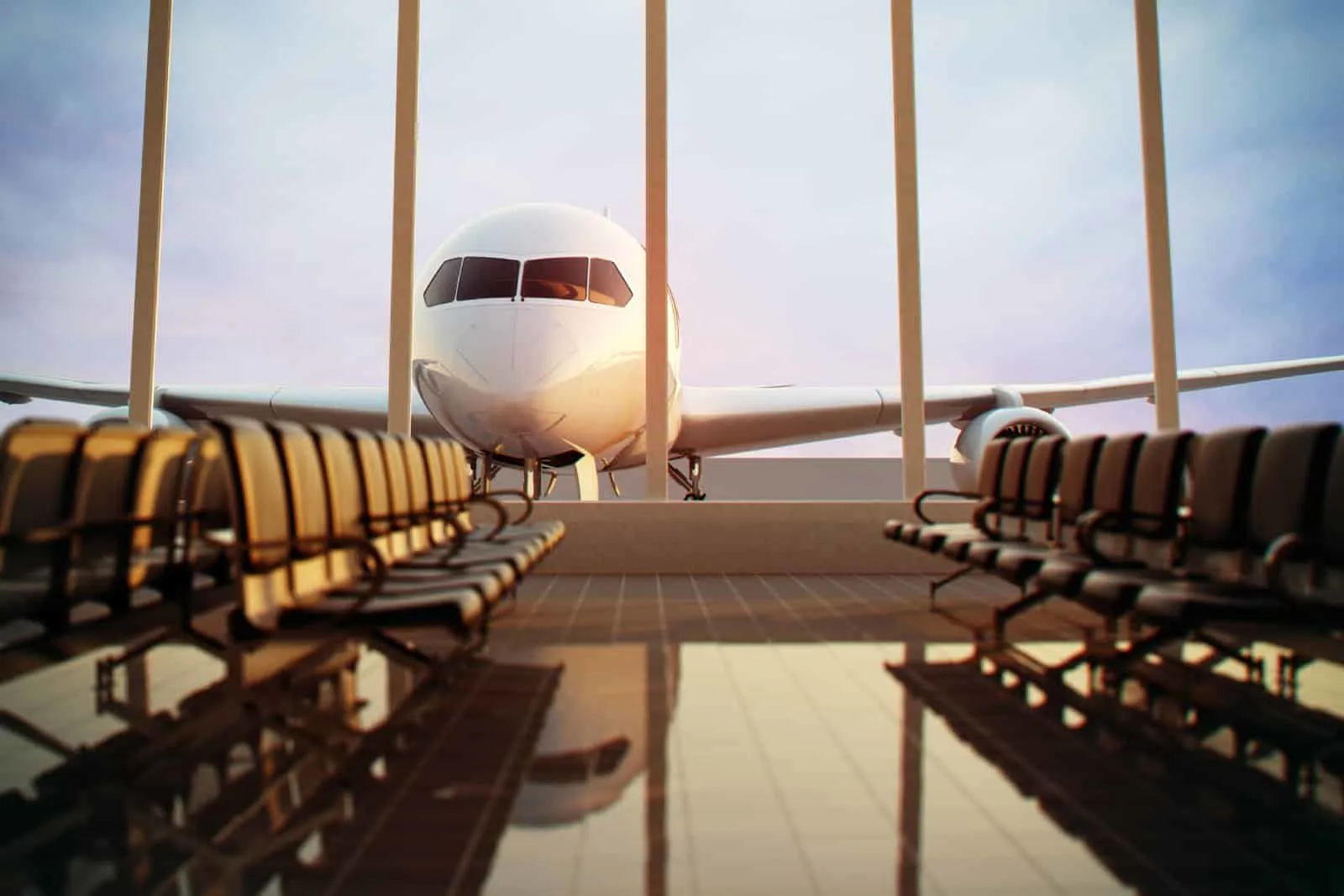
Image Credit: Shutterstock / Dabarti CGI
United Airlines
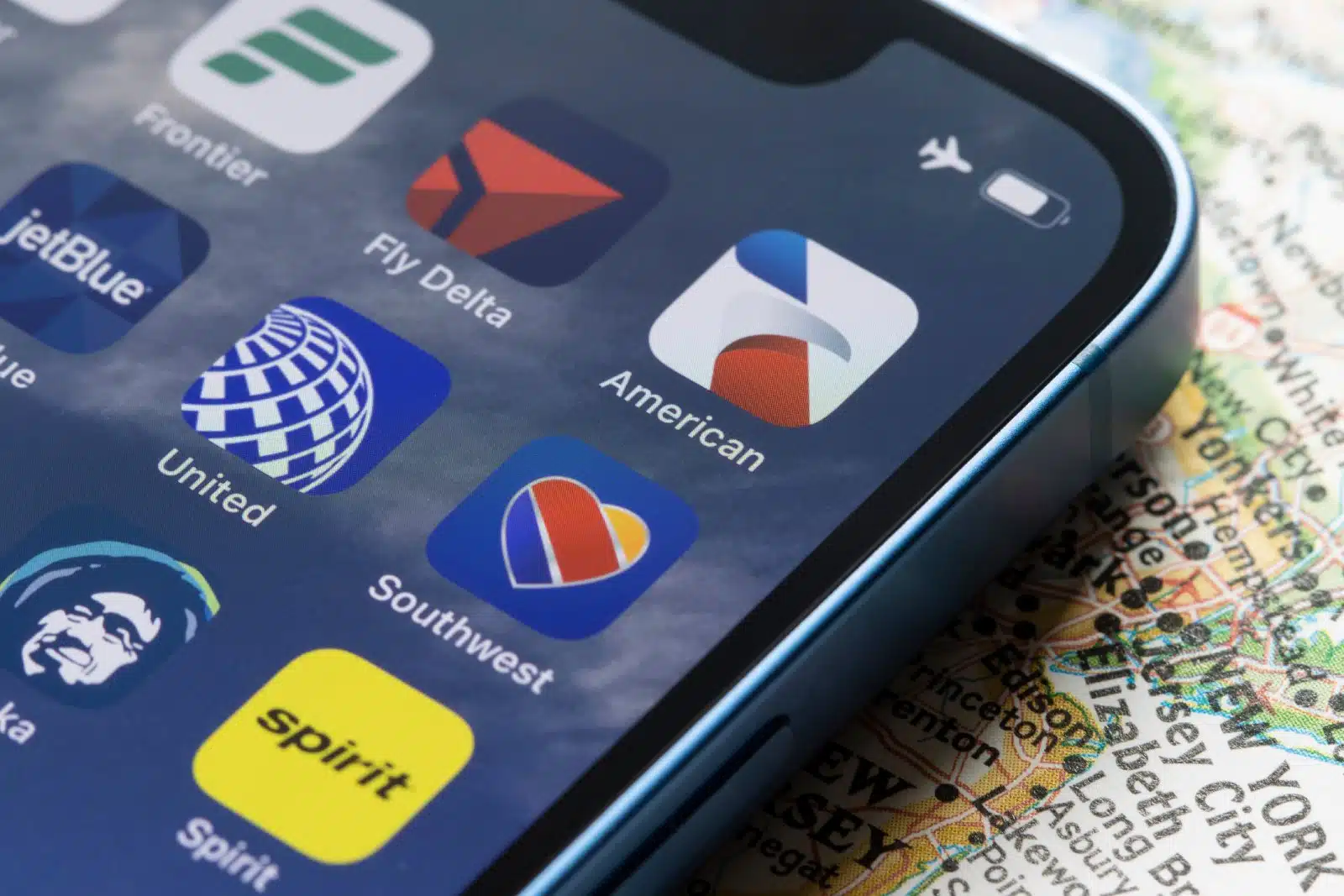
Image Credit: Shutterstock / Tada Images
United Airlines has joined Delta Air Lines in testing facial recognition technology for PreCheck travelers. Now, at certain airports, including BHM, airline passengers enrolled in TSA PreCheck can use face recognition technology. This is how face recognition works with these airlines:
United Airlines: Using the airline’s mobile app, passengers can consent by adding a “consent indicator” to their mobile boarding pass. Then, at security checkpoints, a photo of the passenger is taken and compared with the ID photo on file. Successful matches will allow for a quicker security clearance process.
United also offers facial recognition for Touchless ID at bag drop in Chicago’s O’Hare Airport.
Delta Airlines
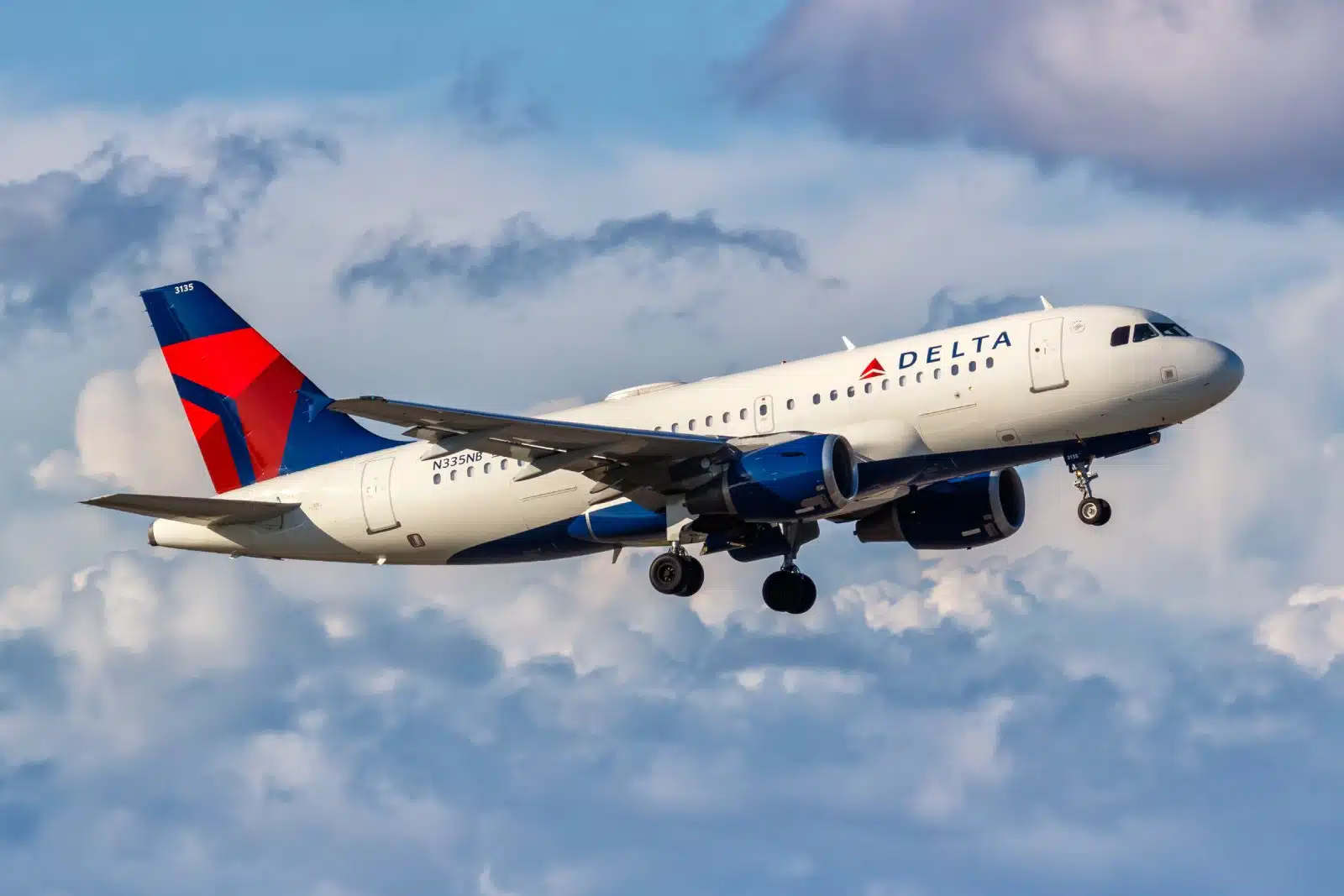
Image Credit: Shutterstock / Markus Mainka
Delta Airlines: Delta’s program, called Digital ID, was first introduced back in 2021 and has since expanded to several airports, including BHM. Like United, passengers must be TSA PreCheck members and use the Fly Delta app.
Delta has reported significantly reduced security check times for those using Digital ID.
New Technology?
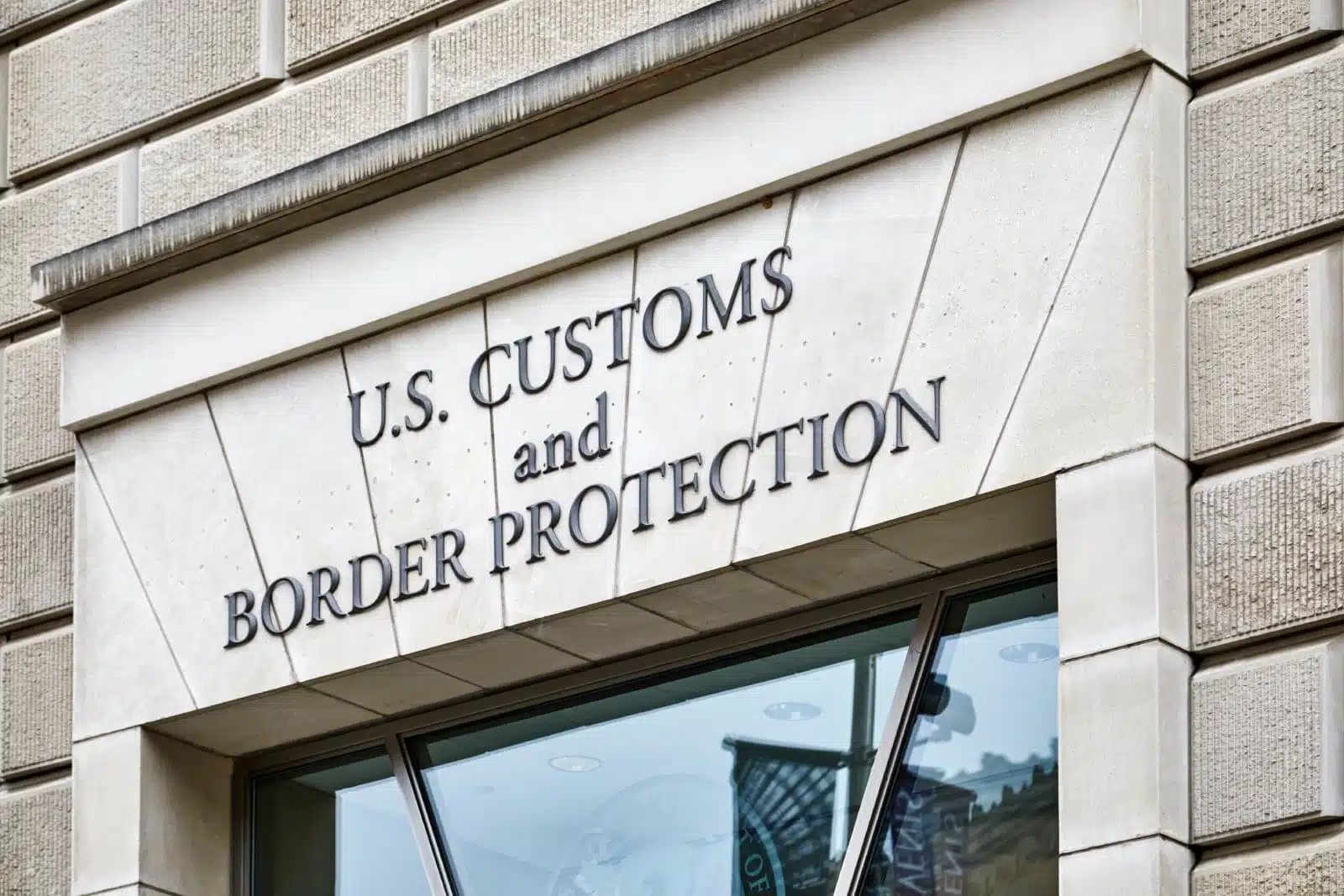
Image Credit: Shutterstock / Pamela Au
The technology is not completely new. Facial recognition has been around since the 1960s. Customs and Border Protection (CBP) has been using it to identify foreign travelers for over ten years. Face recognition accuracy is constantly increasing thanks to advancements with machine learning, making it a potentially useful tool for security purposes.
Beyond the States: The Global Trend
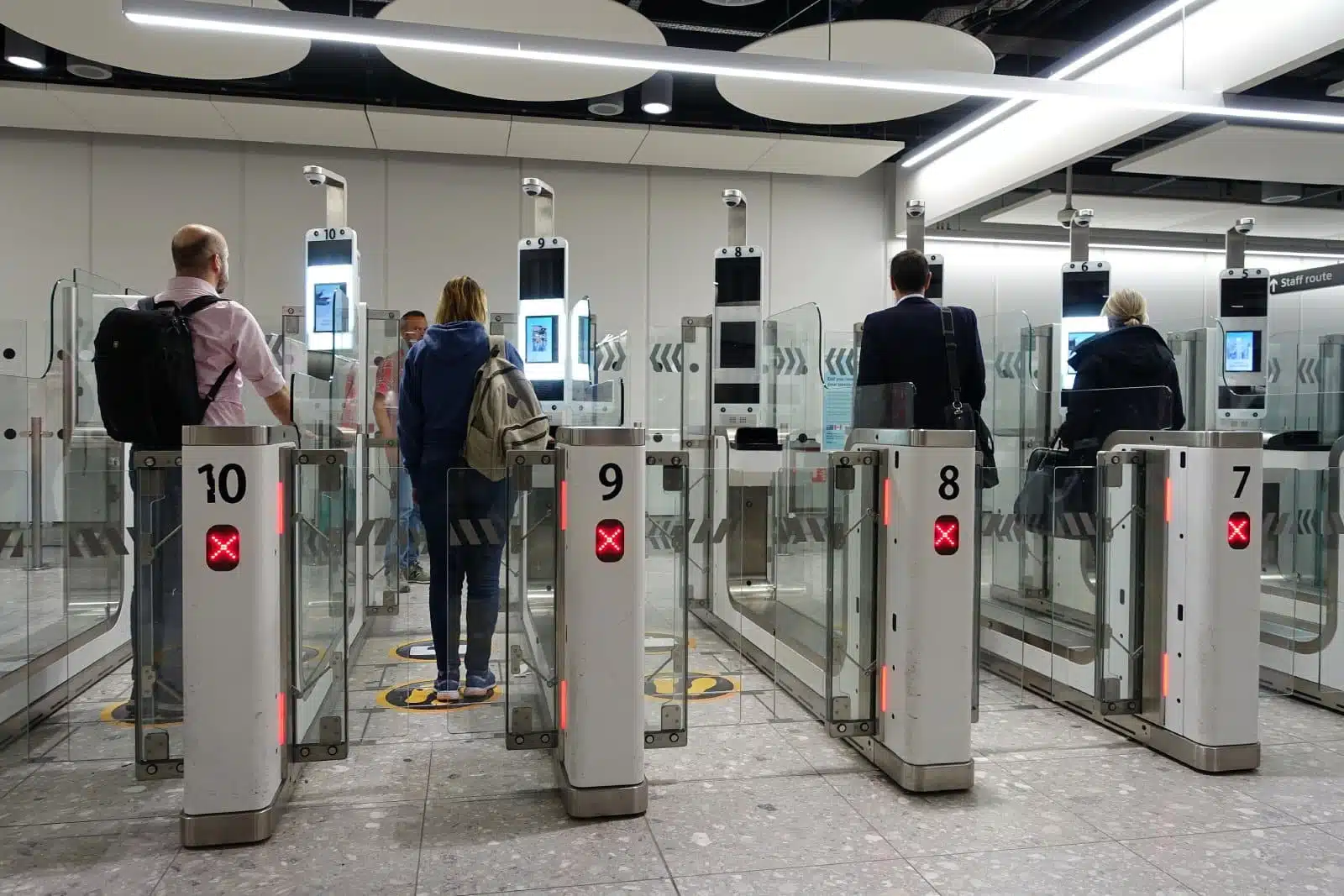
Image Credit: Shutterstock / 1000 Words
The United States is not the only country using facial recognition in airports. Canada, Ireland, and the United Arab Emirates also use this technology. Even Australia has removed the need for physical passport checks with its system that allows tourists to submit passport information electronically using their smartphones.
Passengers’ Concerns: Privacy and Potential Bias

Image Credit: Shutterstock / PeopleImages.com – Yuri A
Despite the many potential benefits of using facial recognition, a few concerns hold its use up. One of those concerns is privacy. Fears surrounding privacy are still a substantial hurdle holding up widespread adoption. Many people are worried about their data being stored and misused.
Facial Recognition Algorithms
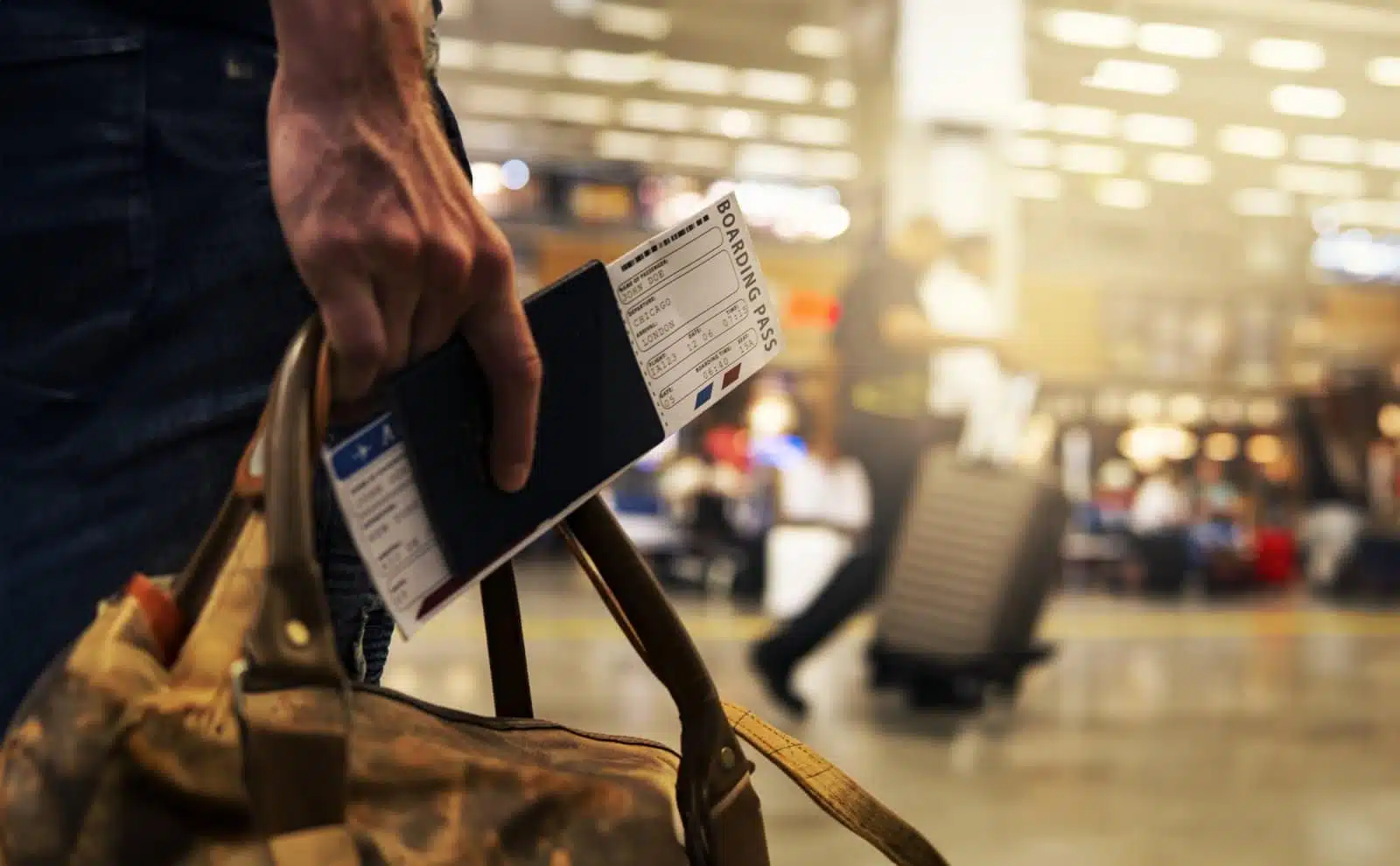
Image Credit: Shutterstock / JBFX
The TSA tells passengers that their photographs are not saved and that the equipment is not used for profiling or monitoring. However, studies show that certain information is stored for system evaluation purposes.
Another known hurdle is racial bias. Research has shown that facial recognition algorithms struggle to identify persons of color, particularly black women. This caused concern regarding fairness and the possibility of misidentification, potentially leading to unnecessary delays.
Opting Out and the Future of Screening
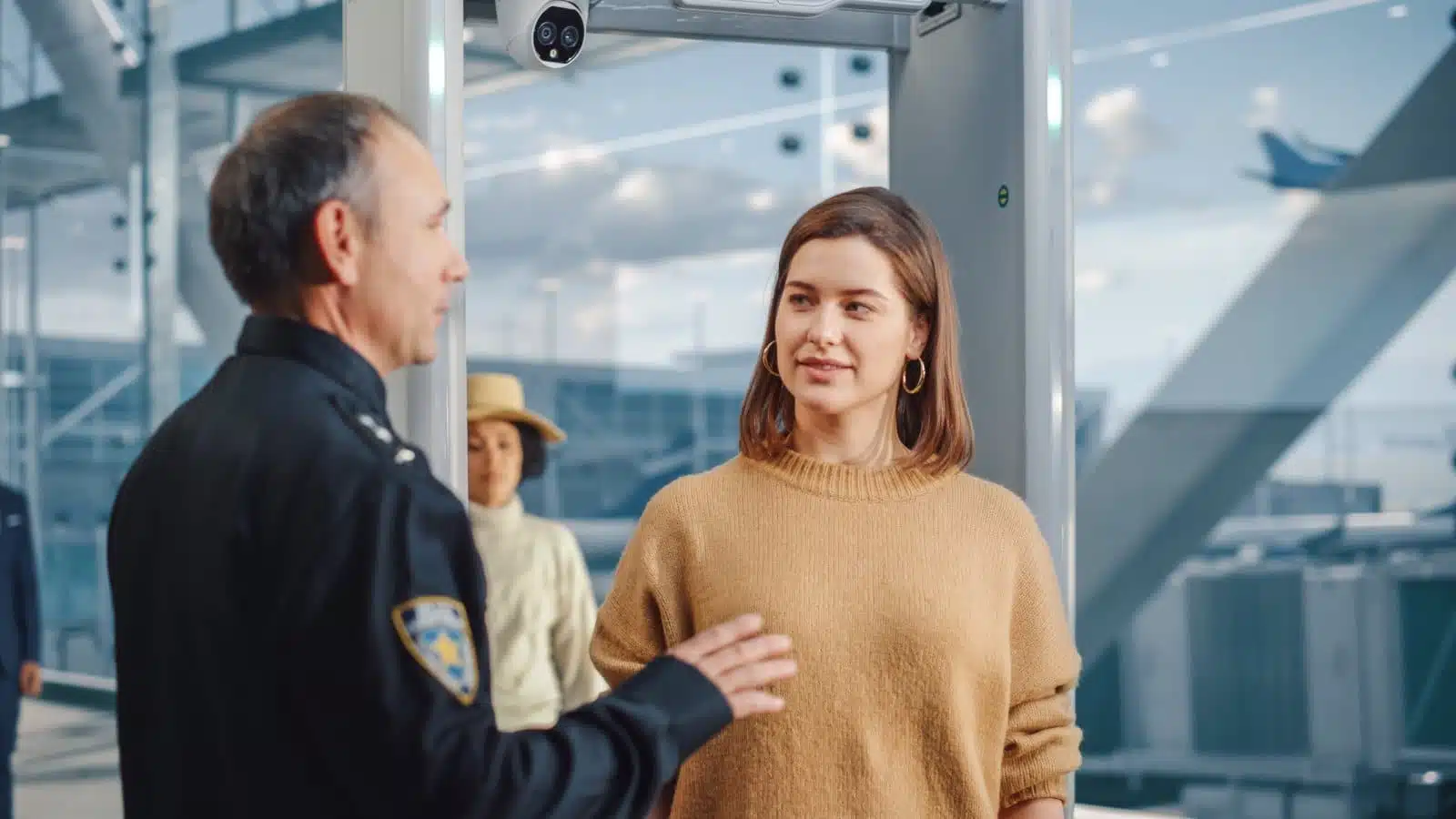
Image Credit: Shutterstock / Gorodenkoff
Passengers uncomfortable with facial recognition can still request a traditional manual screening. However, this option might involve longer wait times, which could pressure some to use the faster facial recognition system.
The TSA continuously evaluates facial recognition technology alongside alternative methods like iris scanning. As technology evolves, we will likely have to balance security and privacy.
The Takeaway
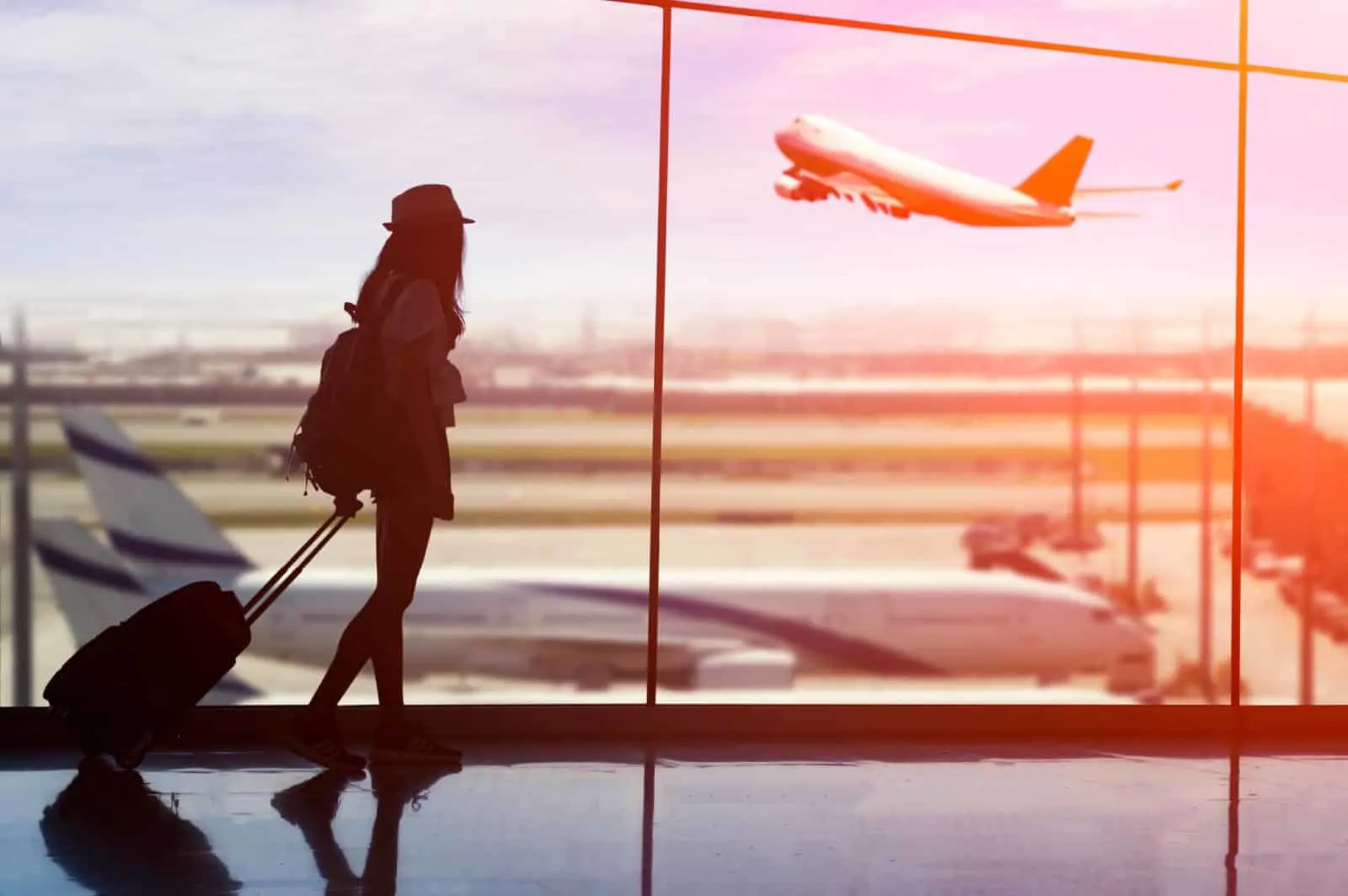
Image Credit: Shutterstock / AngleStudio
Facial recognition represents a significant shift in airport security procedures. While it promises faster lines and potentially more accurate identification, privacy concerns and potential bias remain unresolved. As the TSA continues testing and implementation, passengers should know their options and weigh the convenience against potential privacy risks.
More From The Green Voyage
Top 10 Trending Travel Destinations 2024
6 Essential Banking Apps for International Travel – Managing Your Finances on the Go
Traveling With Kids – 10 Tips to Create Memorable Family Holidays
The post Facial Recognition Takes Flight: Examining Security and Privacy at Alabama Airports first appeared on The Green Voyage.
Featured Image Credit: Shutterstock / MONOPOLY919.
Tips for Trip Success
Book Your Flight
Find an inexpensive flight by using Kayak, a favorite of ours because it regularly returns less expensive flight options from a variety of airlines.
Book Your Hotel or Special Accommodation
We are big fans of Booking.com. We like their review system and photos. If we want to see more reviews and additional booking options, we go to Expedia.
You Need Travel Insurance!
Good travel insurance means having total peace of mind. Travel insurance protects you when your medical insurance often will not and better than what you get from your credit card. It will provide comprehensive coverage should you need medical treatment or return to the United States, compensation for trip interruption, baggage loss, and other situations.Find the Perfect Insurance Plan for Your Trip
